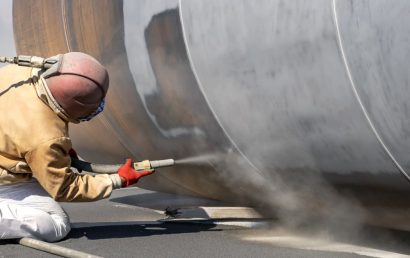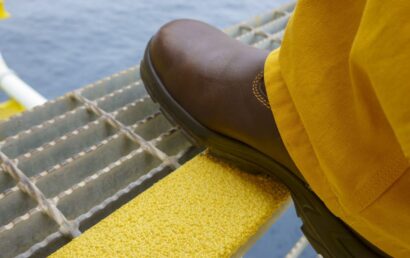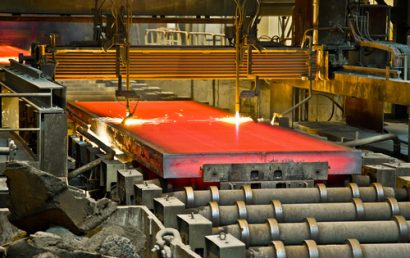Want To Improve Galling Resistance For Stainless Steel Surfaces?
Stainless steel materials and surfaces are known to possess a high resistance to corrosive environments. Highly alloyed graded stainless steels can resist corrosion in most acids, alkaline solutions whilst low alloyed graded stainless steels can resist corrosion in atmospheric conditions. However, not all stainless steel surfaces are naturally protected from the negative effects of galling, e.g., austenitic stainless steels. What can you do to improve the galling resistance of stainless steel surfaces? Let’s find out more.
What is Galling?
Also known as cold welding, galling is a form of severe adhesive wear. This type of adhesive wear can occur when two metal surfaces, facilitating the transfer of material, remain in relative motion under sufficient load (the load disrupts the protective oxide layer that covers the surface asperities of the metal).
Metal surfaces, which are exposed to poor lubrication and/or high stress conditions, allow surface protrusions and large fragments to form over a larger surface area – leading to the galling of the surfaces. Galling problems should never be ignored because they can cause seizure of metal components.
You Can Apply Wear Coatings
The first method to improve wear and galling resistance is by changing the characteristics of a stainless steel surface. To do this you can choose between applying chromium deposits or nitriding coatings.
- Chromium Deposits
Chromium deposits are great options to improve galling resistance. These materials are typically applied directly to the substrate and its thickness can range from 0.003 to 0.5 mm. It is useful to note that decorative coatings seldom exceed 0.003 mm. If your stainless steel components are regularly subjected to high-pressure and/or high temperature applications, electro-deposited chromium coatings are not recommended for these applications. It will reduce the hardness of the coating, which leads to spalling and cracking. You can consider HVOF chromium carbide coatings instead.
- Nitriding
It is important to note that the scope for nitriding is limited. The corrosion resistance of the stainless steel surface can be reduced due to depletion of chromium at the surface, where chromium nitrides are formed. In addition, there is a risk of intergranular corrosion. This may happen as nitriding temperature can cause precipitation of carbides at the steel grain boundaries.
Another point to note is that austenitic stainless steels do not benefit from nitriding coating procedures. With that in mind, nitriding produces better results when applied on precipitation-hardening and martensitic stainless steels. By hardening the surface layer and strengthening the substrate core of the steel, mating components can withstand load bearing applications better.
You Can Apply Lubrication
It is common practice for professionals to apply lubrication to stainless steel fasteners as a method of preventing galling. Depending on service conditions, lubrication can take several forms; from the application of greases and oils to solid lubrication systems like polytetrafluoroethylene and thermosetting coatings.
Since polytetrafluoroethylene does not need to be applied on-site and can be applied under workshop conditions, it has an additional advantage when compared to greases. By facilitating the application of lubrication in a clean and controlled workshop, the risk of contamination pick up is much lower. This also helps maintain optimum corrosion resistance of the fastener system.



